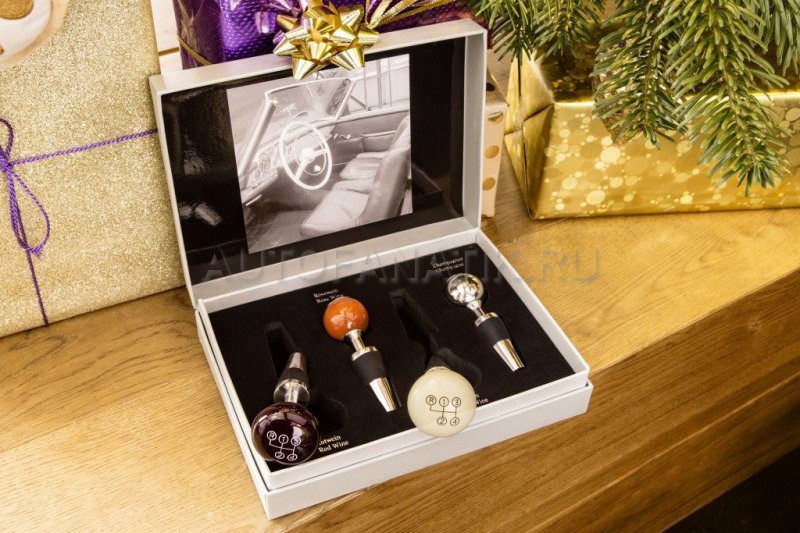
Types, purpose and functions of the car dashboard
Content
While driving, it is extremely important for the driver to know the current vehicle speed, fuel consumption, engine speed and other important parameters. This information is displayed on the instrument panel. Automakers are trying to make it more and more functional, informative and user-friendly.
Functions and purpose
Through the dashboard, the driver communicates with the vehicle. Its main function is to inform about the main indicators while driving: fuel level and consumption, speed, engine speed, battery charge and more.
As a rule, it is located directly in front of the driver, just below eye level. In some models, individual instruments are placed in the middle on the center console.
The modern dashboard is a unit that integrates a number of instrumentation, warning and indicator lamps, and an on-board computer. On average, there are about ten instruments on it. More of them will only distract the driver, and less will affect the information content for the worse.
The device and operation of the dashboard
All designations on the instrument panel are divided into two types:
- instrumentation;
- control lamps.
Control and measuring instruments, as a rule, include those instruments that show various measurements (speed, revs, mileage, etc.), for example, a tachometer, speedometer and odometer.
Control lamps light up on the panel and notify the driver about the operation of various units and elements. This can be battery charge, parking brake activation, drive operation, brake discs, ABS, turn signals, low / high beam and many others. It all depends on the specific car model and the "tidy" option.
The standard kit includes the following indicators and instrumentation:
- speedometer (shows the speed of the car while driving);
- tachometer (shows the number of revolutions of the crankshaft per minute);
- odometer (shows the total and current mileage, mileage);
- fuel indicator (shows the fuel level in the tank, the signal comes from the corresponding sensor);
- temperature indicator (shows the current temperature of the coolant in the engine);
- oil pressure indicator;
- other indicators.
In modern cars, many parameters are controlled by the on-board computer, which displays information about faults on the screen. These can be problems with ABS, brake discs, headlights, etc.
Signal and indicator lamps
These signals are designed to notify the driver about various malfunctions, or, conversely, about the correct operation of the vehicle systems. The control lamps also signal the inclusion of various functions (four-wheel drive, lights, etc.). Most of the designations have a common standard. Also, when some signals are triggered, sound is also given.
Indicator and warning lamps are illuminated in different colors:
- red;
- yellow;
- green;
- in blue.
Each color informs about the level of malfunction or just about the system's operation at the moment. Typically, red indicates a serious malfunction. Yellow color warns the driver of an existing problem. For example, low tire pressure, brake pad wear, open fuel filler cap, and more. You cannot ignore the red and yellow signals, you must immediately contact the service or fix the problem yourself.
Types of dashboards
Dashboards can be divided into two types:
- analog (arrow);
- electronic or virtual.
The analog model uses mechanical components. The tachometer, speedometer and other indicators show values with arrows, lights on the indicators light up. Most old and budget car models are equipped with such panels.
A special program is used on the virtual panel. All data is displayed on a single screen. This option is considered more modern, but many drivers prefer the tried and tested old sensors.
Optitronic
Among the varieties of the analog panel, the so-called optitronic model is distinguished. The name comes from the English "Optitron", but this is not a technical term, but a trademark from Toyota. With the ignition off, it is almost impossible to see the instruments. They are activated when the ignition is turned on. The arrows light up, then the speedometer, tachometer, fuel level, parking brake.
It is characterized by increased darkness. Thanks to the backlight on the panel, the main indicators are visible, while other indicators are almost invisible. They light up as needed. Looks original and beautiful.
Electronic (virtual)
The development of an electronic or virtual dashboard took place gradually. This is the result of modern technology. At first, on-board computer displays were placed among the analog dials, then it became completely virtual. The program simulates the usual arrangement of devices on the screen.
This panel has its advantages:
- great information content;
- beautiful appearance, the developers are trying to make the design as bright as possible;
- individual settings, the driver can choose the appearance, color scheme and more;
- interaction with the driver.
The developers of digital panels are many leading car manufacturers (AUDI, Lexus, Volkswagen, BMW, Cadillac and others. The most progressive is the virtual Audi Virtual Cockpit. A high graphic resolution liquid crystal display, which displays a lot of information, including an infotainment complex. and settings can be made from the steering wheel.
Also, many modern cars are equipped with the function of projection of the dashboard onto the windshield. The head-up display shows basic indicators (speed, navigation, etc.). The driver does not need to take his eyes off the road and be distracted.
The dashboard is a communicator through which the vehicle communicates with the driver. The more informative and truthful the information is, the safer and more convenient the trip will be. Modern panels are distinguished not only by their information content, but also by their striking design. Various solutions add individuality to the cabin, but still the main thing is that the driver can see the information he is interested in at any moment of the movement.
